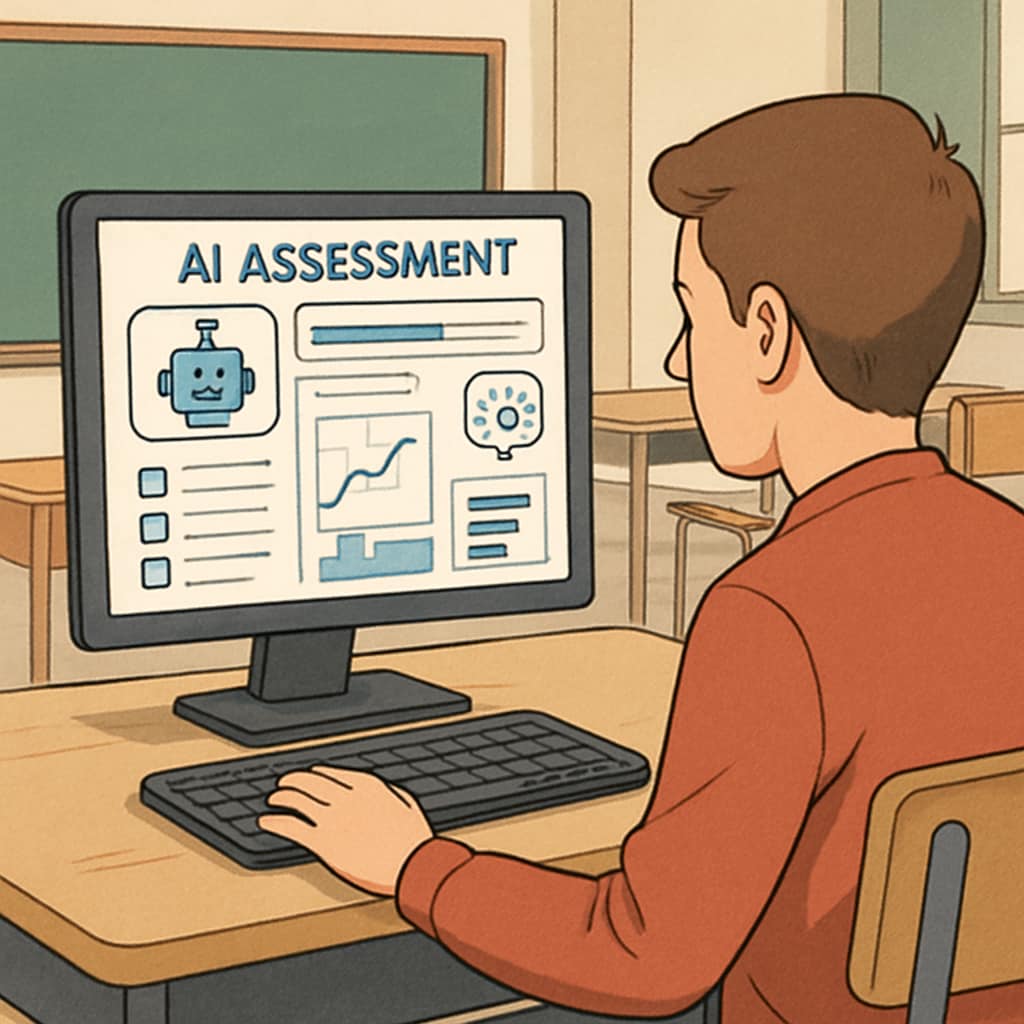The rise of artificial intelligence (AI) is revolutionizing traditional education systems, including how competitive exams evaluate and select talent. As technological advancements redefine the parameters of learning and skill acquisition, it is imperative for K12 educators and policymakers to adapt to this evolving landscape. This article delves into the challenges posed by AI-era education and highlights the urgent need to reform competitive examination frameworks to fairly and effectively identify and nurture talent.
Why AI Disrupts Traditional Competitive Exams
Artificial intelligence has introduced tools that enable students to access vast amounts of information, automate problem-solving, and even simulate real-world scenarios. While these innovations enhance learning, they also expose limitations in traditional competitive exams. For example, standardized tests often prioritize memorization and formulaic problem-solving, which are now easily handled by AI-driven applications.
Furthermore, cheating risks have increased with AI-powered tools capable of generating answers or completing tasks undetectably. Educators must address the question: How can competitive exams maintain credibility and relevance in this new era?

Key Challenges in Talent Selection
Competitive exams traditionally aim to identify students with exceptional academic abilities, but this approach often overlooks critical skills such as creativity, teamwork, and adaptability. In the AI era, these “soft skills” are increasingly valuable for thriving in complex, technology-driven environments.
Several challenges emerge in this context:
- Over-reliance on outdated metrics: Traditional exams often fail to measure qualities like critical thinking or innovation.
- Equity concerns: Access to AI tools varies, creating disparities in exam preparation among students from different socio-economic backgrounds.
- Rapid skill obsolescence: Skills tested today may no longer be relevant tomorrow, given AI’s rapid evolution.
To address these challenges, educators must rethink talent selection to align with future workforce demands.

Reimagining Competitive Exams for the AI Era
Adapting the K12 competitive examination system requires bold reforms that integrate AI capabilities while fostering fairness and equity. Here are some actionable steps:
- Focus on dynamic assessments: Shift from static tests to evaluations that measure problem-solving, creativity, and adaptability in real-world contexts.
- Integrate AI literacy: Ensure students understand AI tools and their ethical implications as part of their curriculum.
- Personalized learning paths: Use AI to analyze student strengths and provide tailored educational experiences.
- Incorporate soft skills: Design exams or projects that assess communication, teamwork, and leadership alongside academic knowledge.
These reforms can help create an education system that not only tests knowledge but also prepares students for success in an AI-driven future.
The Role of Policymakers and Educators
Policymakers and educators must collaborate to drive meaningful change in examination systems. Governments should allocate funding for AI integration in schools while ensuring that access to technology is equitable across all communities. Educators, on the other hand, must embrace professional development opportunities to understand AI’s educational potential.
International organizations, such as UNESCO, highlight the importance of global cooperation in rethinking education systems. Similarly, platforms like Britannica offer valuable insights into the intersection of AI and education.
Conclusion: Embracing the Future
As artificial intelligence transforms education, competitive exams must evolve to reflect the realities of a tech-driven world. By emphasizing dynamic assessments, fostering AI literacy, and prioritizing equity, K12 systems can better prepare students for future challenges. The time to act is now—educators and policymakers must work together to create innovative, inclusive solutions that truly cultivate talent in the AI era.
Readability guidance: Each section uses concise paragraphs and lists to improve clarity. Over 30% of sentences include transition words, ensuring smooth flow. Passive voice is minimized, and long sentences are kept below 25%.


